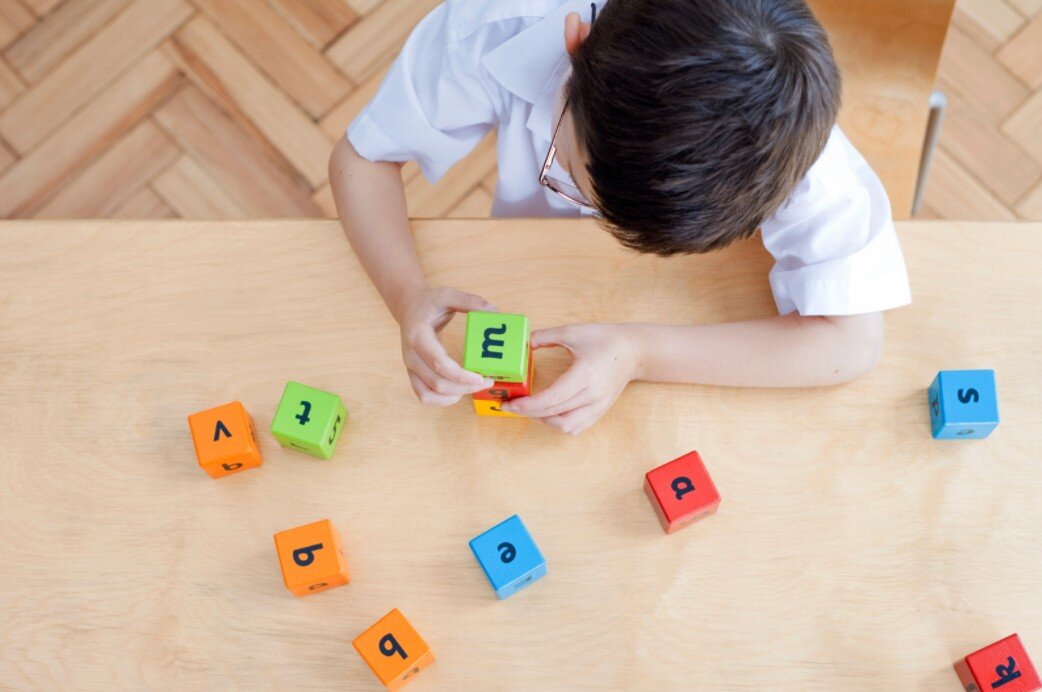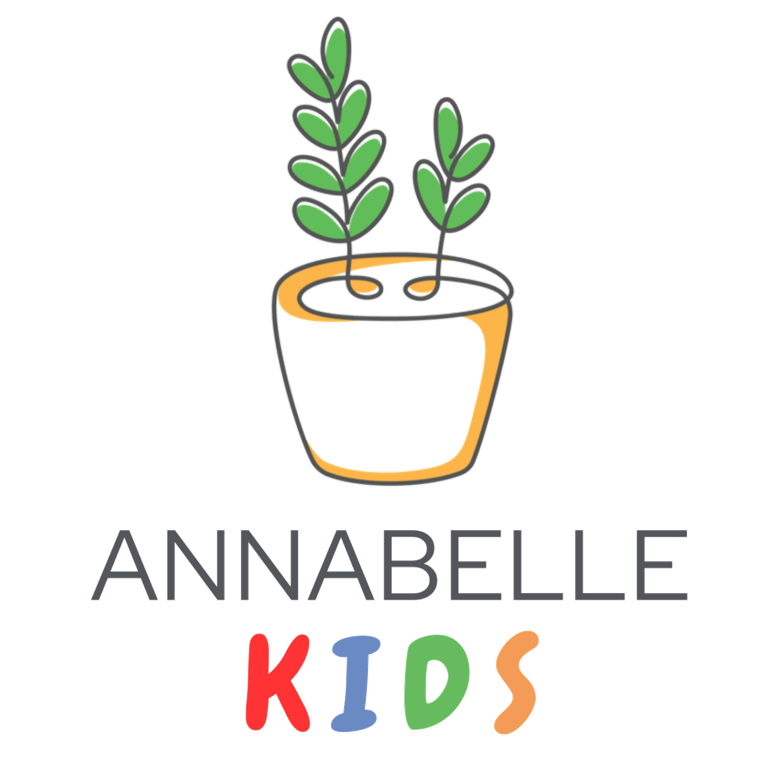
Speech and Language Therapy Services
What is Speech Therapy?
Speech therapy is a specialised field of healthcare that focuses on the assessment, diagnosis, management, and prevention of speech, language, communication, and swallowing disorders. It is provided by trained professionals known as speech-language pathologists or speech therapists. Speech therapy aims to help individuals of all ages, even young children from the age of 12 months and up, who face challenges in various aspects of communication.
Our Child Speech Therapy Services
Intake Assessment
(Speech & Language)
An intake assessment is the standard intake pathway to therapy. During intake, our Speech Therapist (ST) conduct an brief assessment to gauge your child’s speech, language and communication skills. Our ST will also take history from caregivers to get a better understanding their concerns.
Your Speech Therapist will work with you to craft a collaborative and flexible plan for therapy.
Social Communication
This pathway helps identify the specific areas a child might be struggling with. The programme is designed to support the young person to understand what they can do to better socialise with peers.
Developmental Language Disorder
A Speech and Language Therapist will work with the child and parents to understand the developmental concerns and target specific language needs.
Stammering
A Speech and Language Therapist will work with the child to increase their knowledge of stammering and will help them to begin to accept their stammer in order to reduce any negative thought cycles.
Speech Sound Delay/Disorder
Children who present with speech sound difficulties might be unintelligible, even to familiar listeners. A Speech Therapist supports the child with their ability to communicate and interact with those around them, as well as requiring remediation of their specific difficulty.
Verbal Dyspraxia (Childhood Apraxia)
This intervention pathway targets speech production and focus on helping the child achieve the best possible intelligibility and comprehensibility. Where there are concerns that oral communication is not adequate, Augmentative and Alternative Communication (also known as AAC) is used to provide functional communication.
Auditory Processing
The goal of intervention is to provide the individual with the ability to communicate more effectively in everyday contexts.
Hearing Impairment Enrichment
This pathway is a bespoke course of intensive speech and language therapy targeting specific goals which address a child’s functional communication needs.
Speech & Language Concerns
ARTICULATION DISORDER (SPEECH SOUNDS)
Articulation refers to how we produce speech sounds. Articulation disorders are broadly referred to as speech sound disorders where we cannot produce individual speech sounds correctly.
PHONOLOGICAL DELAY
A phonological delay is observed when a child follows normal speech development but demonstrates speech sound errors that typically should have been eliminated.
RECEPTIVE LANGUAGE (COMPREHENSION)
Receptive language relates to how we understand information, which can be presented in various forms. It can be in the form of words, sounds, gestures, and symbols.
EXPRESSIVE LANGUAGE
Expressive language refers to our ability to communicate our thoughts and feelings through various mediums. While we mainly express ourselves in words - written and spoken - we communicate using gestures, signs, and/or symbols too.
ATTENTION AND LISTENING
Attention and listening is our ability to focus on a sound or task without getting distracted. It supports a child's learning, understanding and use of sounds, words and sentences.
DEVELOPMENTAL DELAY
Developmental delay happens when a child does not meet developmental milestones expected of a child of that age. It can present in areas like speech and language, thinking, social, or motor skills.
AUTISM SPECTRUM DISORDER
Autism spectrum disorder (ASD) is a neurological and developmental condition that impacts how a person perceives and interacts with others, communicates and behaves. Individuals with ASD typically experience challenges in social communication and daily activities
STUTTERING
Stuttering refers to a speech disorder where the flow of speech is interrupted. It may look like a repetition of sounds or words (e.g., ma-ma-ma-mummy), stretching a sound out (e.g., mmmummy), or a struggle to produce a word.
PRAGMATIC LANGUAGE (SOCIAL COMMUNICATION)
Pragmatic language refers to the way we communicate in social situations. It can be through verbal means (speaking, vocalising) or non-verbal means (facial expression, postures, gestures). It also involves taking turns, staying on topic, and giving appropriate responses.

















